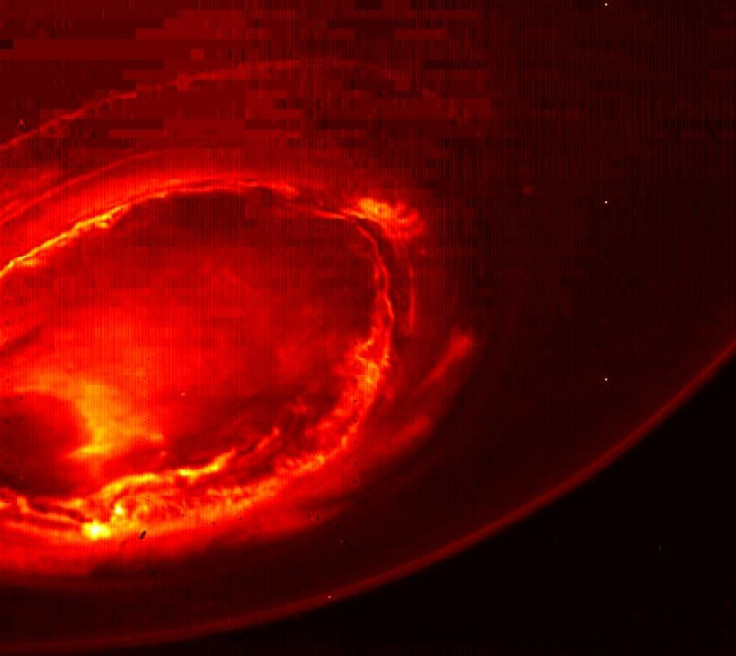Juno Spacecraft Peers Into Jupiter's Strange 'Hot Spots' That Have Boggled Astronomers For 25 Years
KEY POINTS
- NASA's Juno probe has transmitted new data about Jupiter's atmosphere
- The new findings shed light on a 25-year long mystery
- Juno will continue to explore Jupiter for 37 more orbits
Jupiter is considered by many to be one of the most beautiful planets in the solar system, but there are still many so many things we just don't know about the largest planet. One mystery that’s been brewing for the past 25 years involves Jupiter’s temperature, which turns out to be much hotter in certain spots than previously believed.
NASA’s Juno spacecraft has brought some answers, providing new insights into how atmospheric "hot spots" interact with the rest of the massive planet’s atmosphere.
"The implication is that the hot spots may not be isolated 'deserts,' but rather, windows into a vast region in Jupiter's atmosphere that may be hotter and drier than other areas," NASA said in a statement. "Juno's high-resolution data show that these Jovian hot spots are associated with breaks in the planet's cloud deck, providing a glimpse into Jupiter's deep atmosphere."
These new observations can also explain recent reports of "shallow lightning" found by Juno on Jupiter, which are high-altitude electrical discharges that occur when ammonia is combined with water.

Juno discovered that these hot spots on the gas giant, which were discovered by the Galileo mission in 1995, are larger and deeper than previous indicated, according to the findings presented at the annual fall conference of the American Geophysical Union, which took place virtually this year due to the COVID-19 pandemic.
Juno, which has been exploring Jupiter since 2016, is making close-up swoops by Jupiter to learn more about the planet's atmosphere in an effort to better understand the past and origin of the massive gas giant. The probe is currently on its 29th crossing of the planet, jumping in and out of the extreme radiation to transmit data back to Earth.
Insights on Jupiter help us better understand not just the gas giants in our solar system, but also the enormous planets outside the solar system.
The Juno spacecraft will continue to explore Jupiter for 37 more orbits of the planet, gathering more data as it does. It will help to uncover the secrets of this incredible world and learn more about its complex environment and everything beneath it.
© Copyright IBTimes 2024. All rights reserved.






















